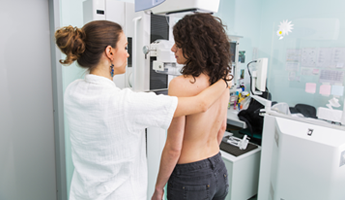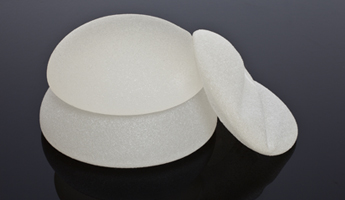Lipomodelling or fat grafting (sometimes called lipofilling or fat transfer) is a procedure used to improve the contour of the reconstructed breast or augment (increase the size of) the breasts. It involves taking fat from elsewhere in the body (tummy, thighs or flanks usually) and injecting it into the required area. The result can give a soft, natural appearance and feel, and is minimally invasive. The surgery may be performed under local or general anaesthetic as deemed fit by your surgeon.
To improve cosmesis in localised breast distortion after lumpectomy and radiotherapy.
In patients undergoing implant only reconstruction: this technique can help to improve the quality of skin overlying implant at the time the tissue expander (balloon) is exchanged for a definitive breast implant.
In patients who have previously undergone reconstruction with autologous tissue (i.e. back or tummy flap) and experience a shrinkage in volume with time or develop relative asymmetry with time, this procedure can be used to augment their reconstruction to improve symmetry.
The procedure involves aspirating/sucking out the fat from the desired (unwanted) areas such as abdomen/ thighs/ flanks through small incisions made in the skin. The fat is then concentrated and injected in small amounts with care in the breast in the pre-selected areas.
This procedure results in significant bruising and discomfort at the donor site, which takes 4-6 weeks to settle down. Not all the fat injected in the breast survives, at least 30-40% undergoes resorption. Therefore the final result is evident 3-4 months after the procedure and is variable. Also, there is a limit to the amount of fat that can be injected at one session, therefore most patients require this procedure to be repeated (varies between 1-4 sessions) to get optimum results. The final volume achieved tends to remain stable provided the patient maintains a constant weight.
You would be advised to wear a compression garment such as cycling shirts or magic knickers to private support to the donor areas as the bruising takes several weeks to settle down.
Non-availability of fat (slim patients).
Scars or hernias at the donor site.
Not recommended in smokers.
DONOR SITE
Extensive bruising and swelling
Pain and discomfort
Paraethesia or numbness (this could be long-term)
Infection
Lumpiness or contour deformities
Very rarely, skin necrosis
RECIPIENT SITE
Inadequate of fat transferred
Fat necrosis
Oil cysts
Infection
Swelling/bruising
Significant complications such as infections and fat clots in the blood stream are very rare.
The surgery is done in an operating theatre usually as a day-case or an overnight stay. You should rest for 24 hours and then increase your activity. Normal, non strenuous activity can be resumed after 2-3 days. You will have wash-proof glue on your wounds so that you can shower as normal. It is advisable to wear a compression garment over the donor site for a few weeks after surgery. This will help with the swelling and bruising and also with improving the contour of the donor area. Please Ensure that your bra does not put pressure on the lipomodelled area. Although not an especially painful procedure, you may need to take some painkillers (do not exceed the recommended dose).
We now have the results of long term follow-up (up to 10 years) which has documented the safety of the procedure. However, it can result in lump formation due to fat necrosis and cysts formed in the fat, these are not distinguishable from the cancer recurrence on clinical examination. Therefore, it is recommended that any lumps that form in the reconstructed breast should be investigated with tests (ultrasound or special X-rays) with biopsy at your local breast unit. There is sufficient evidence to suggest that transferred fat does not interfere with the interpretation of follow-up imaging of the breast.
There were issues earlier if this procedure could potentially result in increased risk of cancer; however there is no evidence so far (with 10-years worth of follow-up) to suggest either a higher risk of local recurrence or development of new cancer. There is still a caveat to that. Patients who are potential candidates for fat transfer to improve the breast contour deformity after lumpectomy are offered this technique with caution. This is because these patients are at a slightly higher risk of getting recurrence or a new cancer in that breast within first few years after their surgery for breast cancer. Therefore, it is recommended that they wait for at least 1 year after their cancer surgery before undergoing the procedure. A thorough protocol of imaging investigations including mammography, ultrasound and/or MRI assessment by a breast radiologist is followed prior to offering this procedure in order to exclude existing cancer in that breast. After the completion of lipofilling, the imaging investigations are repeated at 1 and 2 years post-operatively as a follow-up protocol.

Do you have breast symptoms or wish to discuss treatment for breast cancer or consider reconstruction?
Consultation Process ›
Not happy with the size or shape of your breasts?
Find out more ›